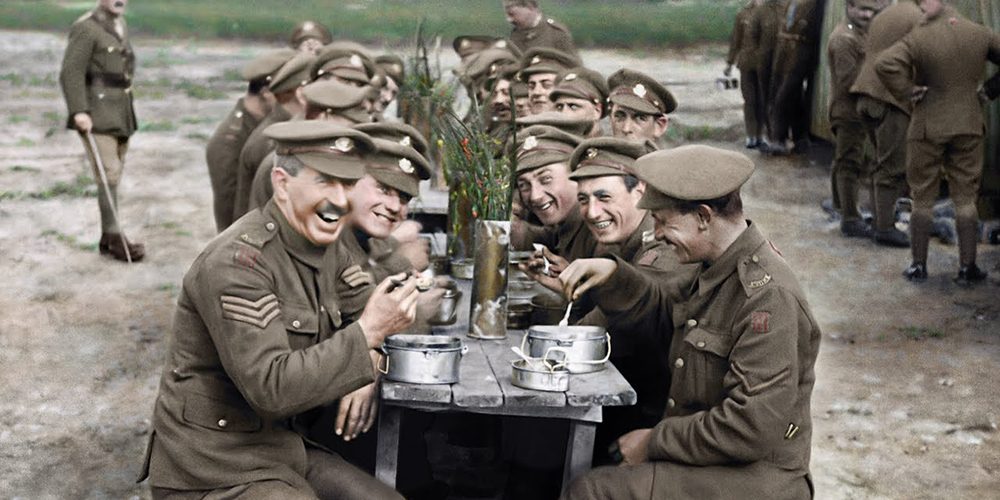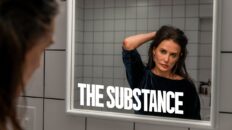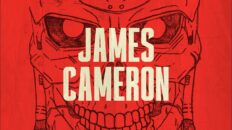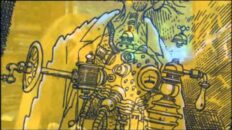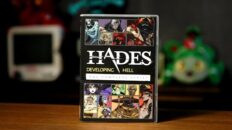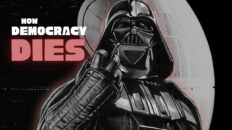These are the words of various veterans who fought in “The War to End All Wars” which sadly over a century later we know as Word War I. These veterans are the very subject of Peter Jackson’s new documentary, They Shall Not Grow Old. It’s not a film about the dates, strategies, or political motives of the war. This isn’t a movie that’s going to freshen up your trivia game. Its very essence revolves around the general human experience of what it was like to be a British Soldier on the Western Front.“We were in conditions that isolated us completely from civilization, we got so isolated living in this mud.” “And you could sympathize with how a rabbit must feel because we were hunted by mankind just the same as a rabbit.” “You knew your lives were in one another’s hand and it united you very closely and you didn’t let anything interfere with that.”
In 2015, Peter Jackson was approached by the BBC and The Imperial War Museum in London to make a documentary about the First World War using original footage. They sent him and his crew 100 hours of the 100 year old footage, as well as 600 hours of interviews of 200 surviving veterans done by the BBC and IWM back in the 1960s. After watching all of the footage and listening to all of the audio, it became apparent that the most common experience for a British soldier was living within the trenches of the British Western Front. Jackson decided to make that the focus of his very first documentary.
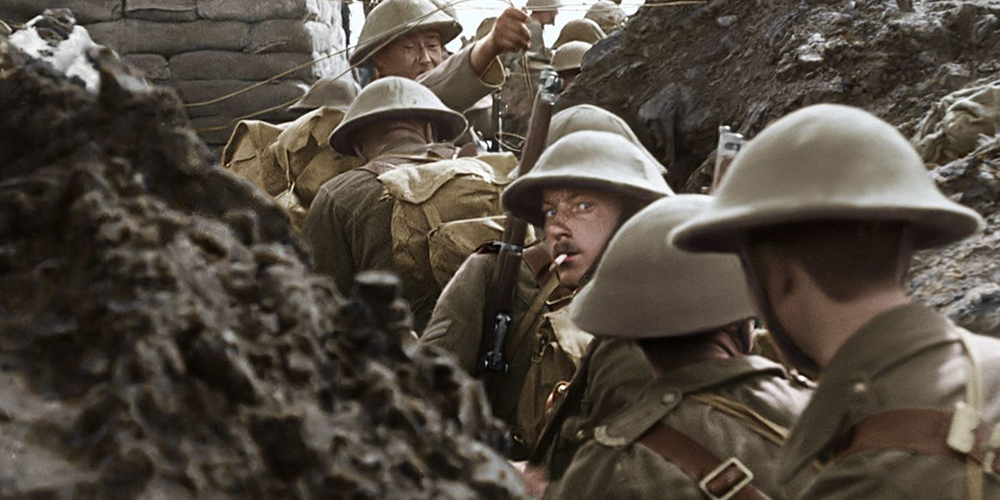
He also decided to not have any historians narrating, focusing on dates and specific battles. He wanted the people who were there to be the ones to tell their tale. Using 120 of the 200 people interviewed, Jackson stitched together a comprehensive narrative that has a beginning, middle and end. The footage mirrors that perfectly, painstakingly remastered and colorized. Restoring it was the hardest thing to do. Cameras back then were crank powered, so all of the speeds varied from 13 fps (frames per second) to 19 fps. So after making the picture more visible from the damages caused by time, they also slowed down the speed to make it look as if it were filmed today rather than having a Charlie Chaplin-era look. There has been colorized footage of the war before, but most of it seemed like it was rushed. Here, they took their time with it, using actual uniforms and weapons from the war as reference. Jackson even traveled to some of the very locations seen in the film to take pictures of the landscapes that could also be used as reference to what colors they should use. It truly is a marvel to see.
And amazing as all that is, in my opinion, one of the things that makes this documentary unlike any before it is the incredible sound design. Obviously, all the original footage has no audio. Video cameras were in their infancy in those days. So Jackson’s crew recreated every possible noise that they could see in the footage whether it was footsteps slumping through the mud, guns being cocked and loaded, tanks plowing through rough terrains, and the thunder of shells being shot into the air followed by the pounding of earth not too far away. They even went as far to hire forensic lip readers who often work with police to figure out what the soldiers might be saying and hiring voice actors and vocal historians to act out the soldiers on screen. They also researched where the soldiers would most likely be from and using various accents and dialects that people from that area of the era would use.
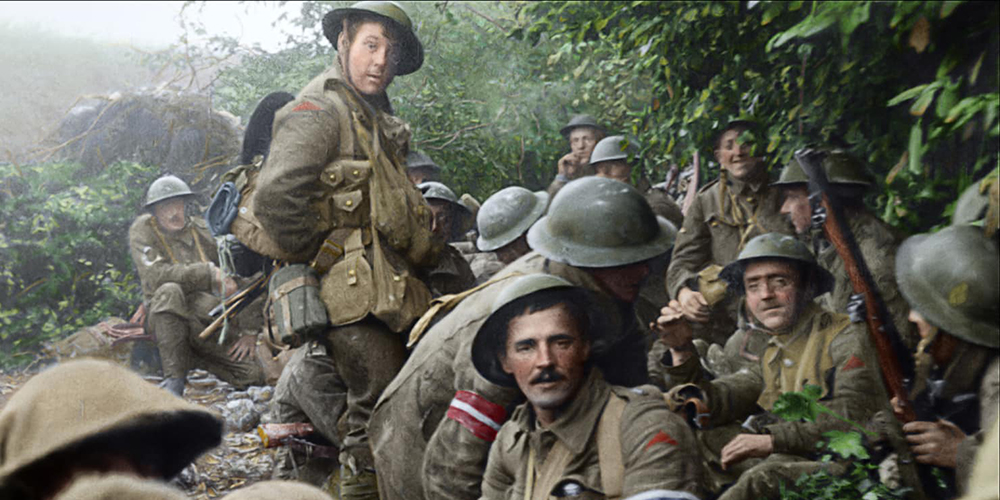
They Shall Not Grow Old — Source: Fathom Events
This film is also an example of how effective good editing can be. The main filming technique of those days were still shots, so there would be very little camera movement. But by zooming and focusing on a certain part they were able to move that focus around creating the illusion of planned cinematic camera work. For example, you would see soldiers working away digging to expand the trenches even further and then the camera would pan to the left to a pile of corpses just a few yards away from them. Much more effective than just the still shot. Rather than getting the shock immediately, it creeps up on you in a way that sticks with you more. And some moments certainly were shocking.
When I say men, it is important to remember that a lot of these “men” were teenagers. Many of whom were between the ages of 15 to 19 — recruiting officers would often turn a blind eye, even going as far to tell some to “go back inside and have a 19th birthday.” It’s easy for us to portray them as victims and in a lot of ways they were. But Jackson was very adamant on not having them be portrayed as such. In fact, most of the interviewed soldiers said that they would do it again if they could, which Jackson found surprising. That being said, he also thought it would be incredibly irresponsible to not add footage of the horrors of war. You will see disturbing images. These days we are pretty desensitized to violence. I myself am a huge horror fan and have no trouble eating while watching a gore flick. But it’s different when it’s real. It holds so much more weight, and the film is not shy about that fact. It also delves into living under horrendous conditions, soldiers sleeping in the mud, the cold, the lice, hookworms, rats, and gang green. But in the face of these horrors the most important aspect of the film is the humility of the soldiers.

They Shall Not Grow Old — Source: Fathom Events
Despite what these veterans lived through, they were very much like you and I. This film focuses heavily on the humor these men had, goofing off, tripping over something and having a laugh and not knowing how they should behave in front of the camera. Another thing to remember is that most of these people had never seen a video camera before and it’s clear they were rather distracted by it, causing some hilarious moments of awkwardness. You’ll see people trying to do something cool or funny in the camera and totaling messing it up only to be met with the laughter and jests of their brothers in arms.
All of these elements intertwine and deliver a heart-warming and intimate experience that pulls fragments of the past into a living, breathing reality to an extant that someone like me, a century later, can be emotionally drawn and connected to. It is a spectacle, and quite frankly, probably the most important film to come out in a long time. It reminds us that these were real human beings in a war at the technological turn of the century which caused horrors and devastation unlike anything the world had ever seen before. The soldiers on each side were not so different, they were kids following orders. Just kids seeking their place in this world.
Peter Jackson didn’t take a fee for this movie and even though they only used a small part of it, his crew restored all 100 hours of the footage free of charge just to get the archive in better shape. He hopes that this film inspires other archives to restore their footage as well, for other documentarians to cover. He also didn’t make this film to necessarily be an educational one, though he did send it to every school in the UK. He just hopes to catch people’s interest, to look at the conflict, and to maybe look into their own family history. It’s very likely that you and I have relatives who fought and maybe even died in the war and it’s important that we look back on their lives and try learning from the past. In fact, this film is dedicated to Peter Jackson’s grandfather who fought in the war.
“This is not a story of the First World War, it is not a historical story, it may not even be entirely accurate, but it’s the memories of the men who fought – they’re just giving their impressions of what it was like to be a soldier.” – Peter Jackson


